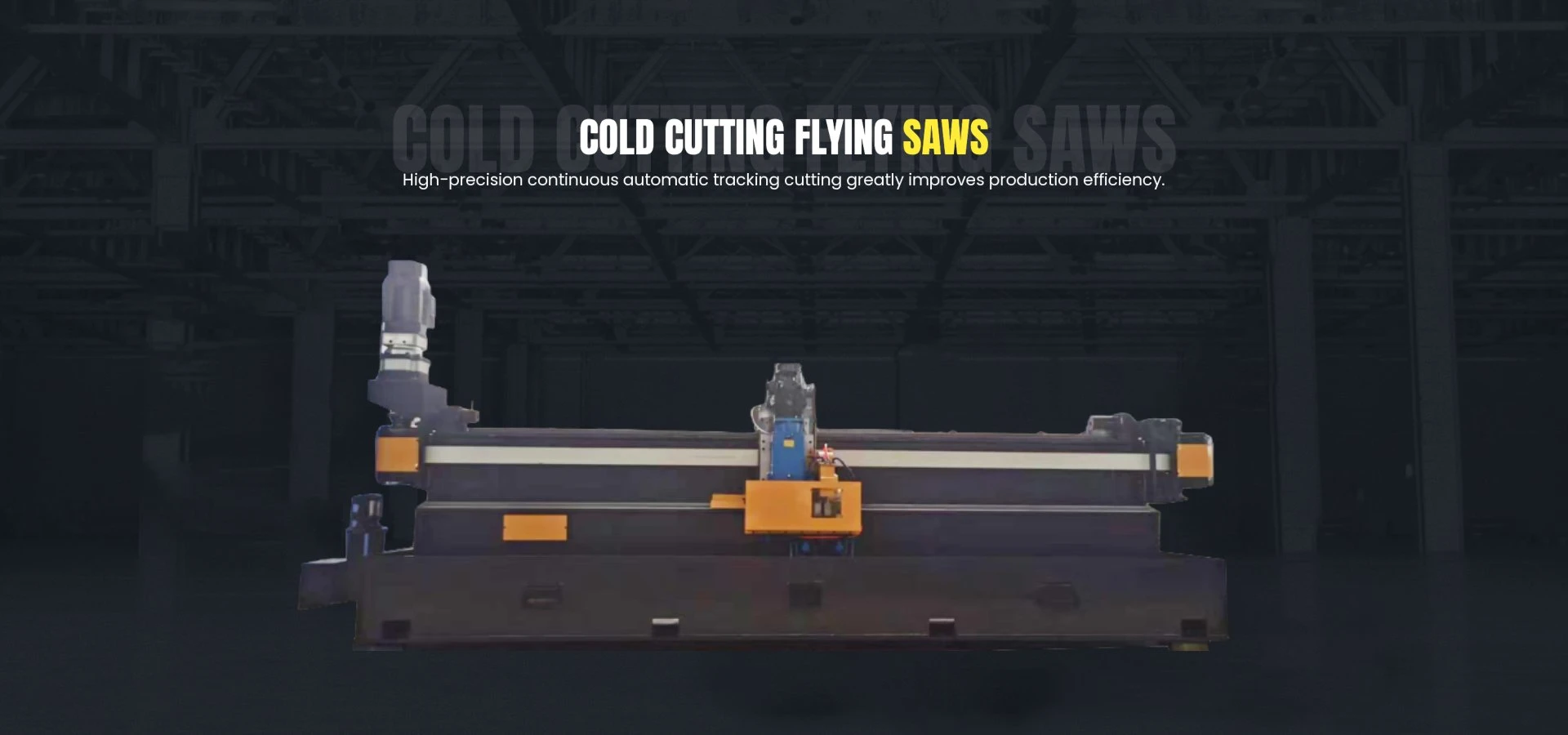Innovative Designs for Efficient Manual Decoiling Solutions and Applications
Understanding the Manual Decoiler A Comprehensive Guide
In the world of metalworking and fabrication, efficiency and precision are paramount. One essential tool that plays a critical role in ensuring both is the manual decoiler. This device is designed for ease of use, making it an indispensable asset in various industrial applications, from construction to manufacturing. In this article, we will explore the functionalities, benefits, and operating principles of the manual decoiler, along with some practical tips for its usage.
What is a Manual Decoiler?
A manual decoiler is a mechanical device used for unwinding coils of metal or other materials. It is particularly helpful in industries that utilize rolled sheets, such as steel, aluminum, and copper. Unlike powered decoilers, manual decoilers rely on human effort to control the unwinding process. This simplicity in design offers versatility and adaptability in smaller operations or workshops where power supply may be limited.
Key Features of a Manual Decoiler
1. Construction Generally made from sturdy materials like steel or aluminum, manual decoilers are designed to hold heavy coils securely. The frame often features a stable base to prevent tipping during operation.
2. Adjustable Mandrel The central component is the mandrel, which is adjustable to accommodate coils of different diameters. This adjustability makes the decoiler versatile for various applications.
3. Braking System To control the unwinding speed and prevent excessive unraveling, a braking system is incorporated. This feature is crucial for ensuring that the material unwinds smoothly without tangling.
4. Manual Handle The manual handle allows operators to control the rate of unwinding effectively. This hands-on feature provides greater control and precision, especially when dealing with delicate materials.
Benefits of Using a Manual Decoiler
manual decoiler

2. Portability Many manual decoilers are designed to be portable, enabling users to relocate them easily as needed. This is advantageous for projects that require flexibility in workspace arrangement.
3. Simplicity and Reliability The design of a manual decoiler is straightforward, which translates into ease of use and maintenance. With fewer components compared to powered versions, there is a lower risk of malfunction, making them reliable tools for daily operations.
4. Control and Precision Manual operation gives the user direct control over the unwinding process. This level of control allows for better handling of sensitive materials that could be damaged by excessive force.
Operating Principles of a Manual Decoiler
Operating a manual decoiler is relatively straightforward, but proper technique is essential for optimal performance. Here are the steps to follow
1. Setup Position the manual decoiler on a stable, flat surface. Ensure that the adjustable mandrel is properly set to accommodate the diameter of the coil being used.
2. Loading the Coil Carefully place the coil onto the mandrel, ensuring that it is centered and securely held. If the decoiler has a braking system, make sure it is engaged to prevent unnecessary unwinding.
3. Unwinding Using the manual handle, begin to unwind the coil slowly. Monitor the material for any signs of kinking or tangling, and adjust the unwinding speed as necessary.
4. Completion Once the desired length of material has been unwound, carefully re-engage the braking system to secure the coil in place. Remove the material from the decoiler, ensuring that it is no longer under tension.
Conclusion
In conclusion, the manual decoiler is a vital tool in the metalworking industry, offering numerous benefits ranging from cost-effectiveness to precision control. Whether you are operating a small workshop or handling tasks in a larger manufacturing environment, understanding how to utilize a manual decoiler effectively can enhance your operational efficiency significantly. With the right practices and care, this simple yet powerful device can become an integral part of your fabrication toolkit.
-
High Frequency Straight Seam Welded Pipe Production Line-BzZhou Xinghua Machinery Equipment Manufacturing Co., LTD.|Precision Welding, High EfficiencyNewsJul.30,2025
-
High Frequency Straight Seam Welded Pipe Production Line|BzZhou Xinghua|Precision Welding&EfficiencyNewsJul.30,2025
-
High Frequency Straight Seam Welded Pipe Production Line - BzZhou Xinghua|Precision Engineering&EfficiencyNewsJul.30,2025
-
High-Frequency Straight Seam Welded Pipe Production Line-BzZhou Xinghua Machinery Equipment Manufacturing Co., LTD.NewsJul.30,2025
-
High-Frequency Straight Seam Welded Pipe Production Line-BzZhou Xinghua Machinery Equipment Manufacturing Co., LTD.|Precision Manufacturing, High EfficiencyNewsJul.30,2025
-
High Frequency Straight Seam Welded Pipe Production Line-BzZhou Xinghua Machinery Equipment Manufacturing Co., LTD.|Precision Steel Pipe Manufacturing&Industrial EfficiencyNewsJul.29,2025


